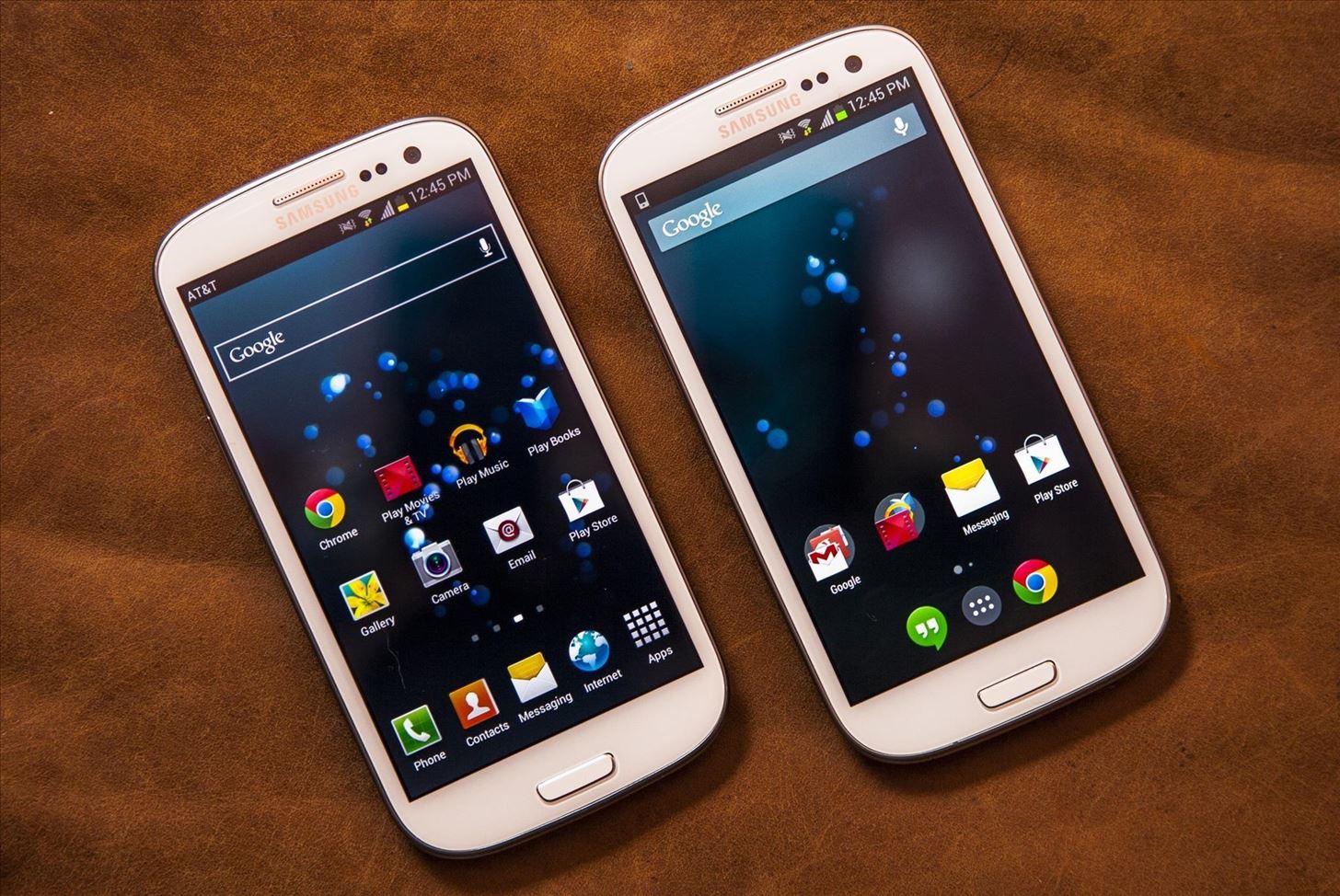
"Ok Google" Voice Command
One of the standout features in KitKat is the hands-free voice command. Users can simply say "Ok Google" followed by a command to perform tasks like launching voice search, sending texts, getting directions, or playing music. This feature made device interaction more convenient and hands-free.
Immersive Display Mode
KitKat introduced an immersive display mode that hides the status bar and navigation buttons during activities like reading, watching movies, or gaming. This minimizes distractions, allowing users to focus on their content. A simple swipe from the edge of the screen brings back the status bar and navigation buttons.
Enhanced Caller ID
The enhanced caller ID feature helps identify unknown callers. When receiving a call from an unrecognized number, the phone searches for matches from businesses listed on Google Maps. This reduces the likelihood of missing important calls.
Message Consolidation
KitKat consolidated SMS, MMS, video calls, and Google Hangouts chat messages into one location. This integration ensures users never miss a message, regardless of the platform. The Hangouts app also allows sharing locations and sending animated GIFs, making communication more engaging.
Contact Prioritization
KitKat prioritizes contacts based on frequent interactions. From the Contacts app, users can also search for nearby places and businesses. This feature integrates seamlessly with Google Apps contacts, making contact management easier.
Emoji Integration
Google added Emojis to KitKat's Google Keyboard, allowing users to enhance messages with colorful characters. These ideograms and smileys can be used in text messages and websites, adding a fun element to communication.
Cloud Printing Support
KitKat introduced cloud printing support, enabling users to print documents, presentations, websites, and photos from their devices. This feature is compatible with printers connected to Google Cloud Print, HP ePrint, and other printers with apps in the Google Play Store.
Quickoffice Integration
Google Quickoffice came preinstalled with KitKat, allowing users to edit documents, spreadsheets, and presentations created with Microsoft Office or Google Docs. This integration made managing office work on the go easier.
Step Detector and Step Counter
KitKat included a step detector and step counter for fitness-related apps to track walking, running, and climbing stairs. The step detector uses accelerometer input to recognize steps, while the step counter tracks the total number of steps since the device's last restart.
Android Runtime (ART)
KitKat introduced Android Runtime (ART), intended to replace the Dalvik virtual machine. ART compiles apps upon installation, running them exclusively from the compiled version. This technique improves system performance and efficiency, especially for low-end devices.
Chromium-Based WebView
KitKat updated WebView components to use a version of the Google Chrome rendering engine. This change significantly improved the performance of web views in third-party apps, making them more responsive.
Google Wallet Refresh
Google Wallet received a refresh in KitKat, with some secure bits in NFC being separated out and put into software. This move allowed Google to spread the adoption of tap-to-pay without carrier interference, enhancing mobile payments and NFC activities.
Gallery App Updates
The gallery app in KitKat saw significant updates, especially on tablets. The photo editor became more powerful and non-destructive, offering granular controls across various photo filters and tools. This update catered to both casual and professional photographers.
Camera App Improvements
The camera app in KitKat introduced a new HDR+ mode on the Nexus 5, aiming to improve photo quality by combining multiple shots into one, enhancing details and reducing noise.
IR Blaster Support
KitKat supported IR blasters, allowing third-party apps to control home appliances. This addition expanded the capabilities of Android devices, making them more versatile.
Lower Power Audio Feature
KitKat included a lower power audio feature that turned off the main CPU during music playback. This significantly reduced power consumption, extending battery life and making devices more energy-efficient.
Better Bluetooth Support
KitKat improved Bluetooth device support, making it easier to manage and connect Bluetooth devices. This enhancement ensured smoother connectivity and better performance for hands-free calls or file transfers.
Location Settings Cleanup
KitKat cleaned up location settings and services, making them easier to manage and more informative. This ensured better control over device location services, enhancing privacy and security.
